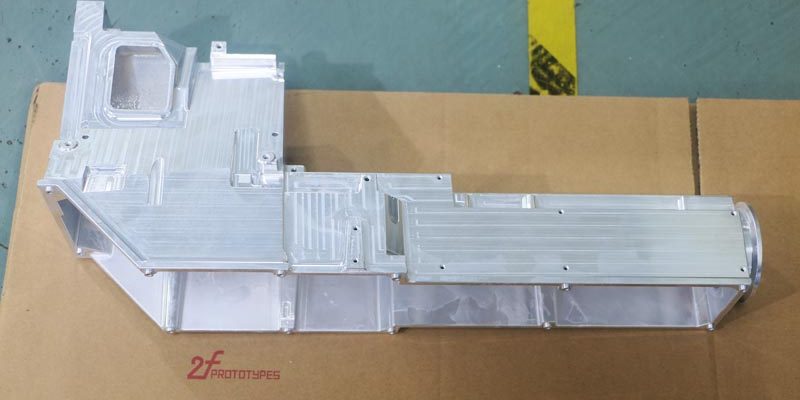Dealing with Surface Blackening in CNC Machined Aluminum Alloy
1. Causes of Deformation in Aluminum Alloy Parts Processing
(1)Deformation due to internal stress in the blank.
(2)Deformation caused by cutting forces and heat during machining.
(3)Deformation caused by clamping forces.
2. Technological Measures to Reduce CNC Parts Processing Deformation
(1)Reducing Internal Stress in Blanks:
Use natural or artificial aging and vibration treatment to partially eliminate internal stress.
Pre-machining is an effective method, reducing deformation in subsequent processes.
(2)Improving Cutting Tool Capability:
Correct tool selection is crucial to minimizing part deformation.
For high-precision parts, secondary semi-finishing before precision machining is recommended, allowing for natural cooling to release internal stresses.
(3)Operational Techniques:
The operational approach is vital in aluminum alloy part processing to minimize deformation.
3. Technological Measures to Reduce Processing Deformation
(1)Improper Process Design:
Inadequate post-treatment after cleaning or pressure testing can create conditions for mold formation and accelerated blackening.
(2)Inadequate Storage Management:
Storing parts at different heights in the warehouse can result in varying degrees of mold formation.
(3)Internal Factors of Aluminum Alloy:
Residual substances from the casting and machining processes can accelerate mold formation.
(4)External Environmental Factors:
Aluminum’s natural tendency to oxidize or mold under specific temperature and humidity conditions.
(5)Inappropriate Cleaning Agent:
Corrosive cleaning agents can lead to aluminum corrosion oxidation.

